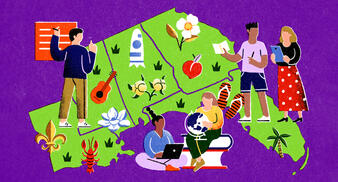Essential Question
- What are the benefits and challenges of living in a diverse society?
Texts
July 2, 2014
July 2, 2014
July 8, 2014
July 10, 2017
July 2, 2014
June 10, 2015
July 2, 2014
May 19, 2014
Teaching Strategies
July 19, 2014
July 19, 2014
July 19, 2014
July 19, 2014
July 13, 2014
July 13, 2014
July 13, 2014
Student Tasks
July 13, 2014
July 13, 2014
July 13, 2014
August 30, 2018
